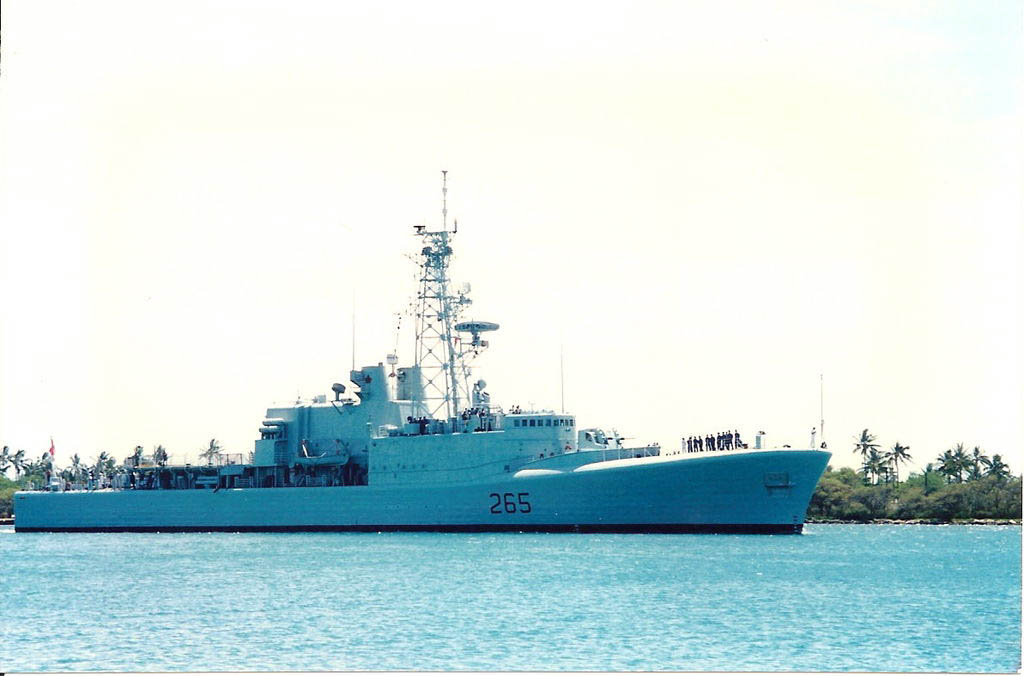There are many different ways of disposing of a ship after it has reached the end of its successful or economic service existence.
In the past, some shipping firms have attempted to dispose of their ships illegally, mostly owing to the high expense of legally sanitizing these ships due to the existence of vast amounts of hazardous compounds and materials. While there have been few successful ship disposal controls in the past, and so the possibility of being caught has been restricted, national authorities as well as environmental organisations are now more cautious. Companies unlawfully caught disposing of ships face large penalties/fines.
Although there are several theoretically feasible solutions, others, such as deep water sinking, are not used by non-military vessels or have been subject to increased scrutiny. Current options include:
- Hulking
- Ship breaking (involving recycling)
- Use as an artificial reef
- Donation
- Sale for re-use
- Floating (or drydock) storage
- Deep water sinking
After its utility as a ship had ended, hulking was a traditional way of converting a hull to another purpose. The ship is stripped of its motive equipment (sails and rigging or motors) and used in a number of applications. This pattern is still very in use.
The most common and most environmentally accepted way of disposing of ships is ship breaking. Only facilities approved by the “Green Ship Recycling” system of the Basel Action Network are ecologically sustainable options, according to various organizations.
Artificial reefing is building reefs by sinking offshore ships. The vessel needs to have all harmful materials and electrical equipment removed before sinking. It can be achieved fairly easily depending on the ship configuration although some designs pose some difficulties. The position of the reef must also be determined. Typically, environmentalists and divers are on board with this alternative at 100 per cent. According to the Rand Corporation, artificial reefing to form wreck diving sites remains a lucrative choice, as visitors are expected to visit the reefs, generating income.
Donation, or sale for re-use, allows for the refurbishment and reuse of a vessel by a secondary party. Such uses can include further life as a ship, houseboat, office, hotel, museum, or conference center.
Storage of a floating or drydock requires holding the boat for a period of time on or off shore. Water storage could be an expensive process, because the ships need comprehensive repairs after 30 years, due to seawater corrosion. Drydock storage is costly too. There is also the option of daily shore storage, outside of a dock.
Deep water sinking or SINKEX is the sinking of ships during target practice. They are cleaned of all harmful components and equipment before the ships are sunk, so that no environmental damage can occur.

HMCS Annapolis (appearing in the above video) was a destroyer of the Annapolis class that served in the Royal Canadian Navy, and then in the Canadian Forces. She was the second naval unit in Canada to bear the name. Called for the Annapolis River that passes through Nova Scotia, the ship entered service in 1964, the last of the St. Laurent-class design. Annapolis was decommissioned in 1998, operating through the Cold War.
In 2008 Annapolis was sold to British Columbia Artificial Reef Society. She was sunk as an artificial reef and long-term marine sanctuary in Halkett Bay Provincial Park off Gambier Island in Howe Sound on 4 April 2015, following a few years of legal disputes about environmental concerns. The wreck lies at a depth of 32 metres (105 ft) upright on the seabed, with the top of the ship reaching a depth of 10.5 metres (34 ft).






